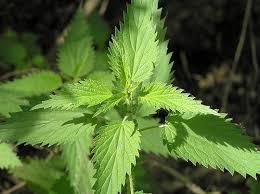6-minute video by David Attenborough on the weird and wonderful life cycle of the knopper gall wasp (Andricus quercuscalicis.) as it provokes an oak tree to produce a gall in which the wasp can lay its eggs safely inside. From the BBC’s ‘Life in the Undergrowth’. The knopper gall wasp is just one of 70 gall wasps which can afflict a single British oak, though many have only a negligible effect on the tree.
- Knopper galls develop as a chemically induced distortion of growing acorns on Pedunculate Oak (Quercus robur (L.)) trees, caused by gall wasps which lay eggs within buds using their ovipositor. The gall thus produced can greatly reduce the fecundity of the oak host, making the gall a potentially more serious threat than those which develop upon leaves, buds, stems, etc. The Turkey Oak (Quercus cerris (L.)) introduced into Britain in 1735 is required for the completion of the life cycle of the gall
- The word knopper derives from the German word ‘knoppe’ meaning a kind of felt cap or helmet worn during the 17th-century; also a small rounded protuberance, often decorative, such as a stud, a tassel or a knob










